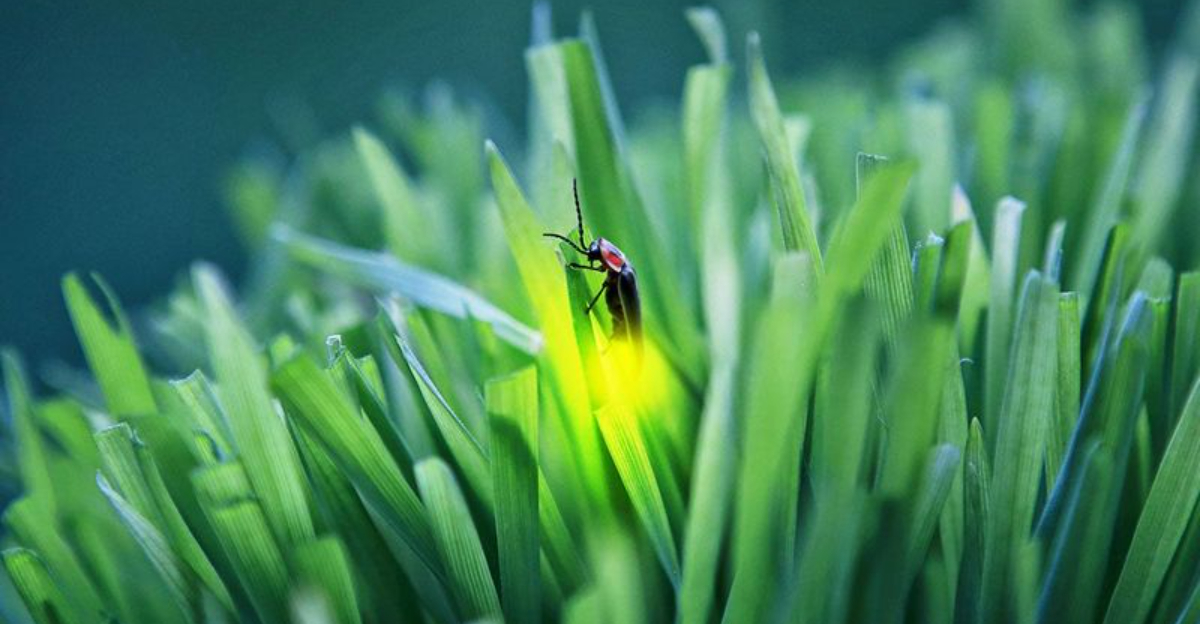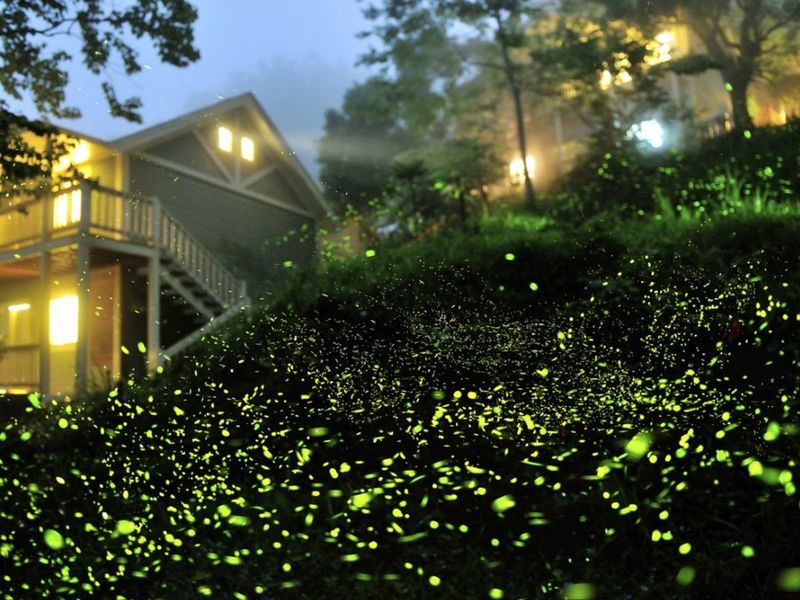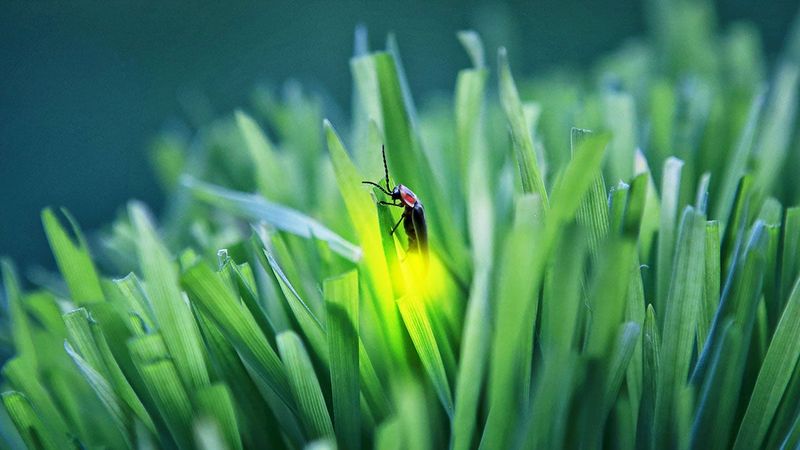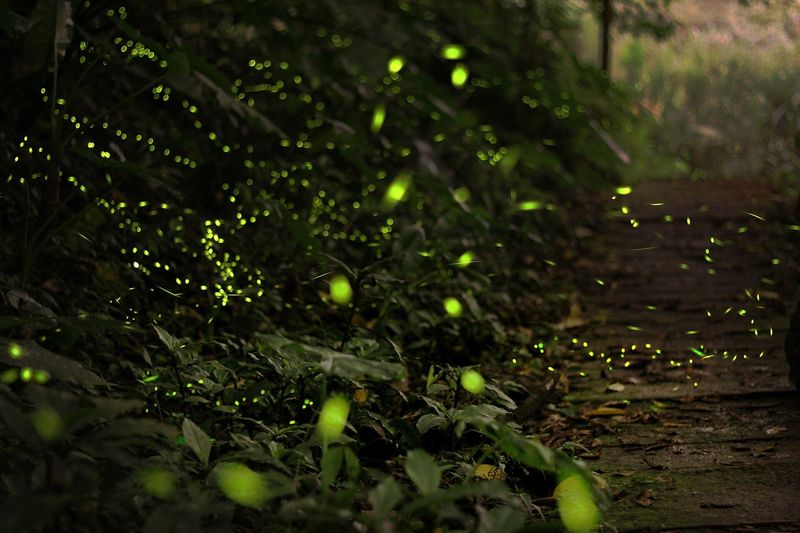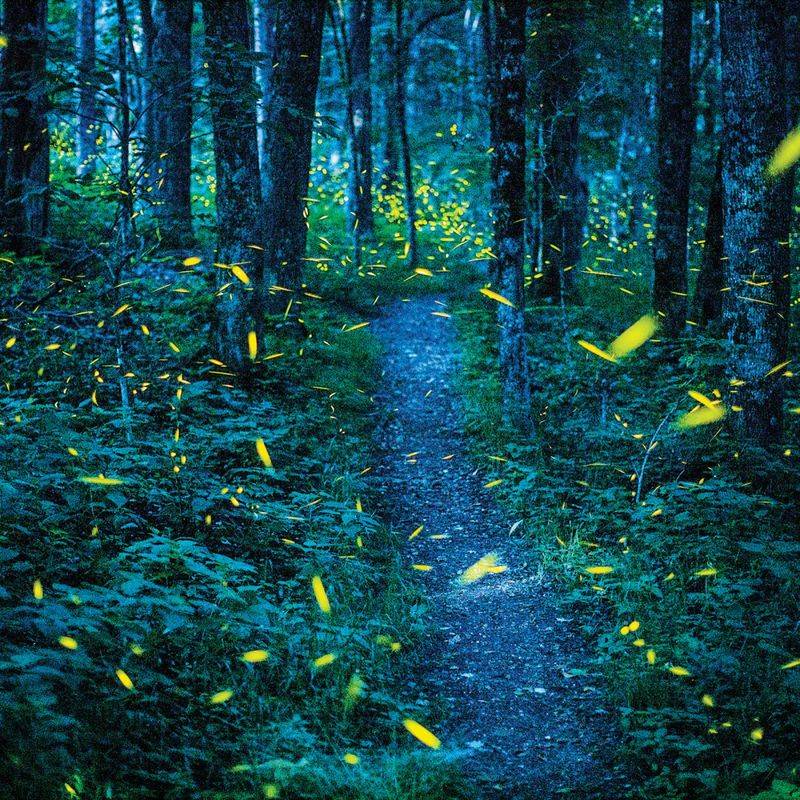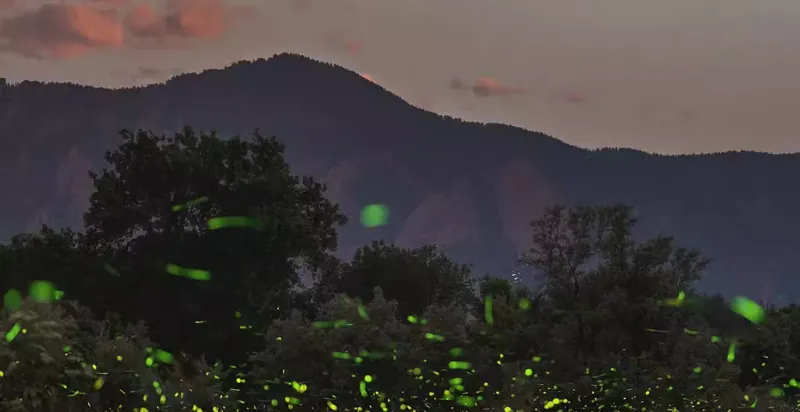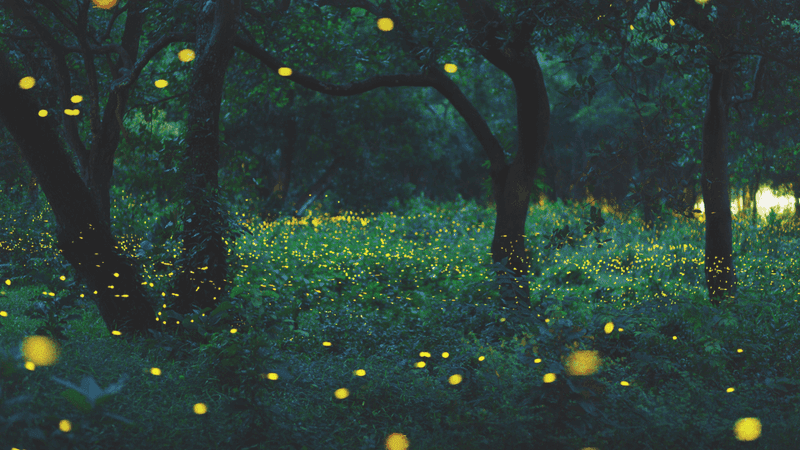Remember those magical summer nights when the yard twinkled with tiny living lights? Fireflies, nature’s own light show, are becoming harder to spot in many parts of the world. Scientists have noticed a worrying decline in these enchanting insects over the past few decades. Understanding why fireflies are disappearing and what we can do to help them is crucial for preserving one of nature’s most wonderful spectacles.
Habitat Loss: Where Have All the Firefly Homes Gone?
Bulldozers and cement mixers have replaced the meadows and wetlands where fireflies once thrived. As cities expand and farmland spreads, these glowing insects lose the moist environments they need for their lifecycle.
Firefly larvae require specific conditions to develop – usually damp soil with plenty of rotting logs, leaf litter, and natural debris. When developers drain wetlands or clear forests for new neighborhoods, they unknowingly destroy generations of firefly nurseries.
Some firefly species are pickier than others about where they live, making them extra vulnerable to habitat changes. The good news? Recent conservation efforts in places like Chicago have shown that when natural areas are protected or restored, firefly populations can bounce back, bringing their twinkling light shows with them.
Light Pollution: When Artificial Glow Outshines Nature’s Show
Streetlights, porch lamps, and glowing billboards are creating a nighttime world that’s too bright for fireflies to communicate. These insects use their flashing lights as a language of love – each species has its own pattern of flashes that males use to attract females.
Artificial lighting drowns out these delicate signals, making it nearly impossible for fireflies to find mates. Imagine trying to see a flashlight’s beam in broad daylight – that’s the challenge fireflies face in light-polluted areas.
Studies show that firefly activity drops dramatically in areas with bright outdoor lighting. Communities that have implemented dark-sky friendly lighting have seen firefly populations begin to recover, proving that simple changes in how we light our world can make a big difference for these glowing insects.
Chemical Culprits: Pesticides and Lawn Products
The perfect green lawn often comes with an invisible cost to firefly populations. Common pesticides and weed killers that keep grass looking pristine can be deadly to firefly larvae and the small creatures they feed on.
Firefly babies (larvae) spend up to two years living in soil, hunting for snails, slugs, and worms. When we spray chemicals on our lawns, these toxins seep into the ground where young fireflies develop. Even products labeled as ‘eco-friendly’ can disrupt the delicate balance these insects need.
Many homeowners are surprised to learn that their lawn care routine might be contributing to fewer summer light shows. Switching to natural lawn care methods has shown promising results in Colorado, where firefly watchers have noticed more blinking lights in areas that have gone chemical-free over the past few years.
Climate Change: Shifting Weather Patterns Affect Glow Time
Fireflies have evolved over millions of years to sync their life cycles with specific weather patterns. When spring arrives earlier or summer heat stretches longer, these insects can get thrown off their natural schedule.
Rising temperatures can dry out the moist soil firefly larvae need to survive. Unusual rainfall patterns might flood their habitats or create drought conditions that make it harder for them to find food. These climate disruptions can be especially tough on firefly species that only have a short adult lifespan of a few weeks.
Scientists tracking firefly populations have noticed changes in when they appear each year and how long they stick around. In some regions, firefly season now starts weeks earlier than it did fifty years ago, while in others, extended dry spells have led to fewer fireflies overall.
Tourism Troubles: When Firefly Fame Becomes a Problem
Famous firefly viewing spots can draw thousands of visitors eager to witness synchronous fireflies blinking in perfect harmony. While this interest helps raise awareness, too many admirers can accidentally harm the very creatures they came to see.
In popular firefly-watching destinations like the Great Smoky Mountains, trampled vegetation and flashlight beams disrupt mating behaviors. Even the carbon dioxide from visitors’ breath can interfere with some sensitive firefly species! Tour groups now often limit numbers and require special red-filtered flashlights.
Finding the balance between appreciation and protection remains tricky. Some communities have created designated viewing platforms and strict visitor guidelines. These measures help ensure that the wonder of witnessing thousands of fireflies flashing in unison remains possible for future generations without loving these light-makers to extinction.
Hope in the Darkness: Conservation Success Stories
Firefly enthusiasts and scientists aren’t sitting idly by as these glowing insects disappear. Across the country, dedicated groups are creating firefly sanctuaries where these magical creatures can thrive undisturbed.
In 2025, Chicago experienced a surprising firefly boom after community-led efforts to create firefly-friendly spaces in city parks. Neighborhoods banned pesticides, installed dimmer pathway lighting, and preserved unmowed areas with native plants. The results amazed even the experts – areas that hadn’t seen fireflies in decades suddenly twinkled with their gentle glow.
Colorado’s Front Range has become another success story, with firefly populations flourishing after water conservation efforts helped maintain the moist soil conditions these insects need. These victories prove that with the right changes, we can reverse the decline and bring back the night-time light show many of us remember from childhood.
Be a Firefly Friend: Simple Steps to Help
Your backyard could become a firefly haven with just a few simple changes. Start by creating a “messy corner” with leaf litter, logs, and tall grasses where firefly larvae can develop safely. Most fireflies need moisture, so consider adding a small pond or rain garden.
Turn off outdoor lights during firefly season (usually May through August, depending on your location). If you need lighting for safety, use red-filtered bulbs or motion sensors instead of all-night fixtures. Your firefly visitors will thank you by putting on a better light show!
Skip the chemical lawn treatments and opt for natural alternatives that won’t harm these beneficial insects. Talk to neighbors about creating a firefly corridor through multiple yards. By working together, even small actions can make a big difference in helping these magical insects continue their summer light displays for generations to come.
